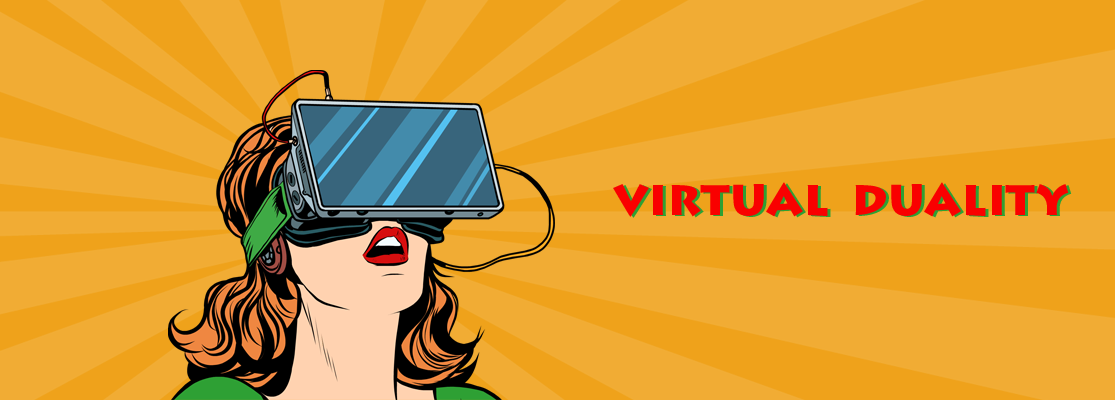VIRTUAL DUALITY
Something struck me during this year’s Virtual Reality Working Out Loud Week.
Billed as an event for “anyone who is working with or experimenting with virtual reality, whether that be at home, at school or at work”, this was the second time I had run it. Again I was keen for our peers in L&D and other industries to share what they are doing with this emerging technology.
At the time of writing this blog post, the #vrwolweek hashtag achieved 612,836 impressions on Twitter with an estimated reach of 350,292 accounts. Impressive indeed. Less impressive, however, is the fact that barely a dozen people shared an experience.
And this is what struck me… There is a gulf between those who talk about VR and those using it, and it appears this gulf is widening.
As last year’s 20 real-world examples of virtual reality attests, the technology is being applied by pioneers in various industries. This year unearthed additional examples in healthcare, transport, firefighting, education, special needs, gaming and tourism.
This year also highlighted folks such as Robert Ibisch, Flemming Funch, Lorraine Minister, M. Lovecraft, Simon Dueckert and Arun Pradhan who are actively experimenting with VR.
So that leaves approximately 350,000 people who have nothing to share. Is that because they can’t or because they won’t…? In any case, they didn’t.
As with so many other examples of technology, there is a division between the haves and the have nots. Yet among those who own a smartphone and can afford $20 for an entry-level headset, VR polarises the doers and the do nots.
Written by our Guest Blogger, Ryan Tracey
Ryan Tracey is a learning experience designer based in Australia. He is a council member for the Australian Institute of Training & Development, and a former editorial board member for eLearn Magazine.
Ryan has worked in corporate e-learning for over 15 years. He holds a Master’s degree in Learning Sciences and Technology from the University of Sydney.
_________________________________
Copyright of posts written by our Guest Bloggers are their own.
Published on 10-Jun-2017






